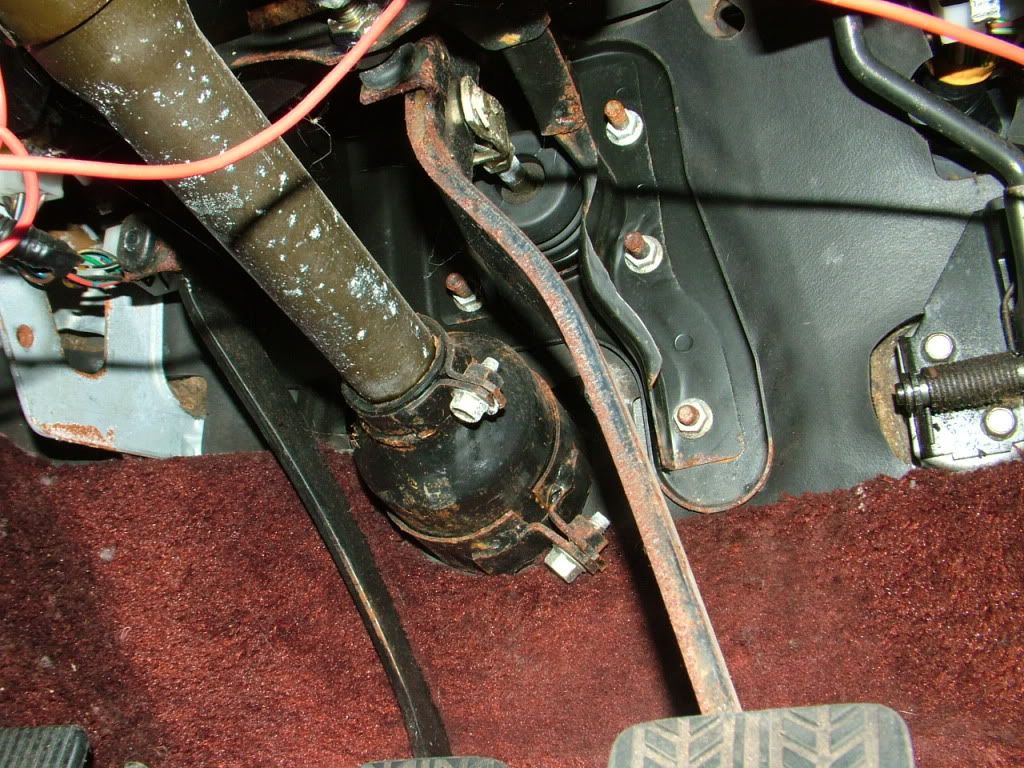The 1st generation RX7 came with 3 different steering boxes.... a manual box fitted to the series 1&2 cars, a different ratio steering box fitted to the series 3 cars and a power steering option using yet another ratio in a power assisted box.
The s1 / s2 box was a faster steering box but heavier to steer.... easier to adjust and tends to stay in adjustment better.
The s3 box was slower but lighter to use.... more comfortable with wider 205 tyres but tends to go out of adjustment easier and is temperamental to adjust.
The power steering box is hydraulic assisted, faster and stays in adjustment better than the s3 manual box.
The power assisted steering was, as far as I’m aware, only available on US spec GSL / GSL-SE models (only available in left hand drive) and the Japanese domestic market GTX which was RHD.
1st gen factory power steering is speed sensitive power assist giving less assistance at higher speeds and more assistance at lower speeds.
1st gens with PAS were vehicle speed sensitive, 2nd gens were engine speed sensitive and for the 3rd gen, Mazda went back to vehicle speed sensitive.
The system comprises of the steering box, pump, reservoir, control valve, lines central processing unit and speed sensor.
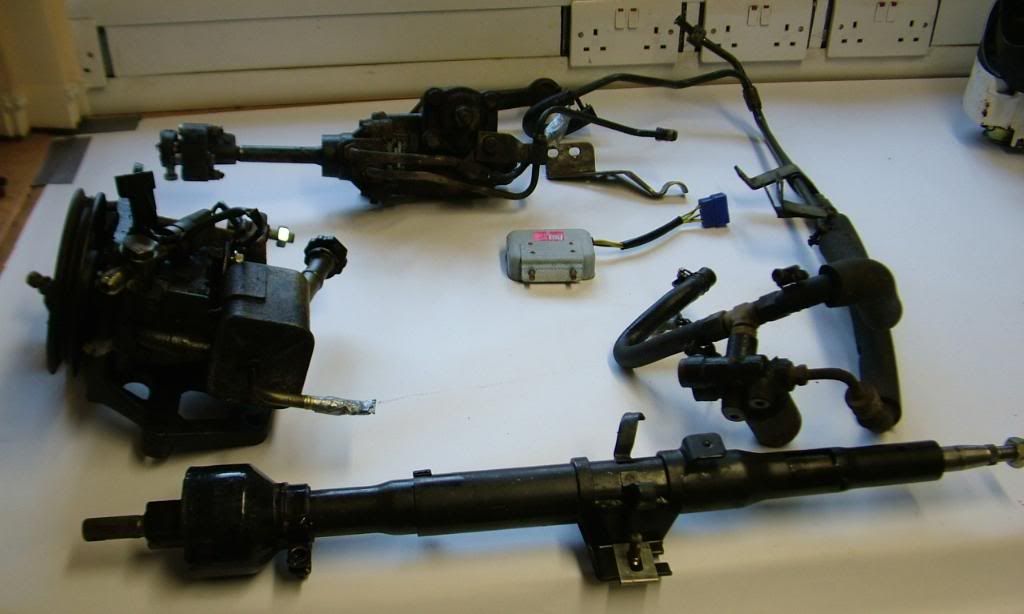
The PAS steering box differs from the manual boxes in that the steering column itself, although in 1 piece on the manual boxes, is a 2 piece setup with a coupler where the column passes through the bulkhead.... very handy if you were doing a FC subframe swap.

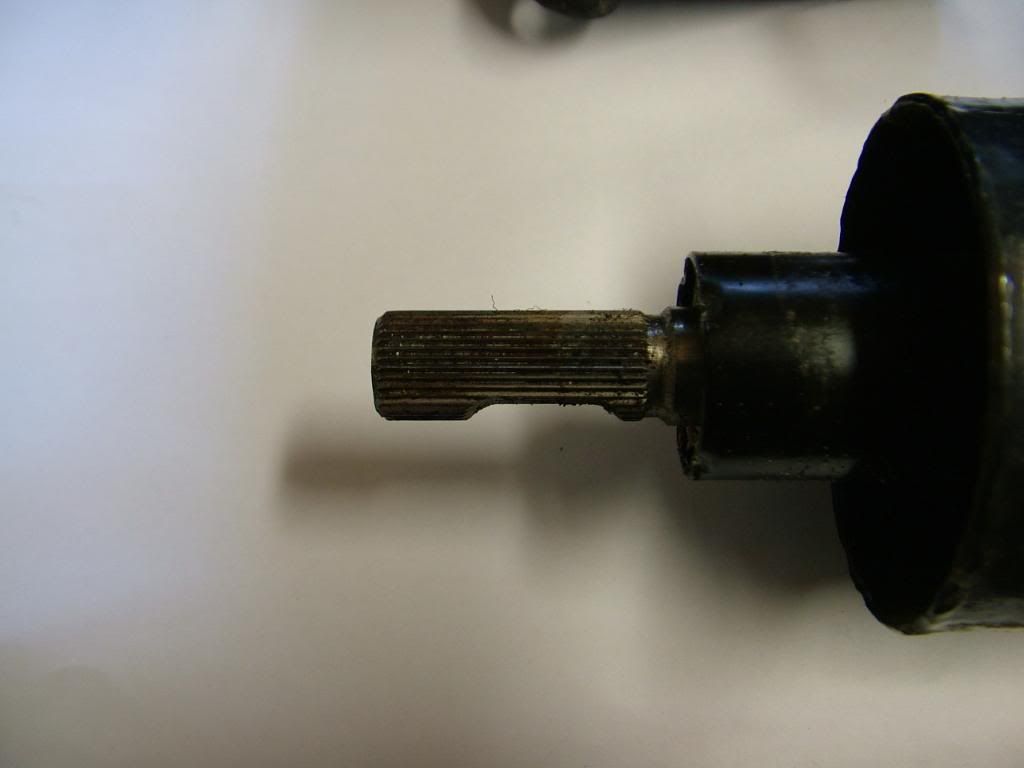
The steering box also obviously incorporates the hydraulics and has a high pressure ingoing line (from the PAS pump) and a low pressure return line (back to the pump).


These lines are fed through a separate control valve...
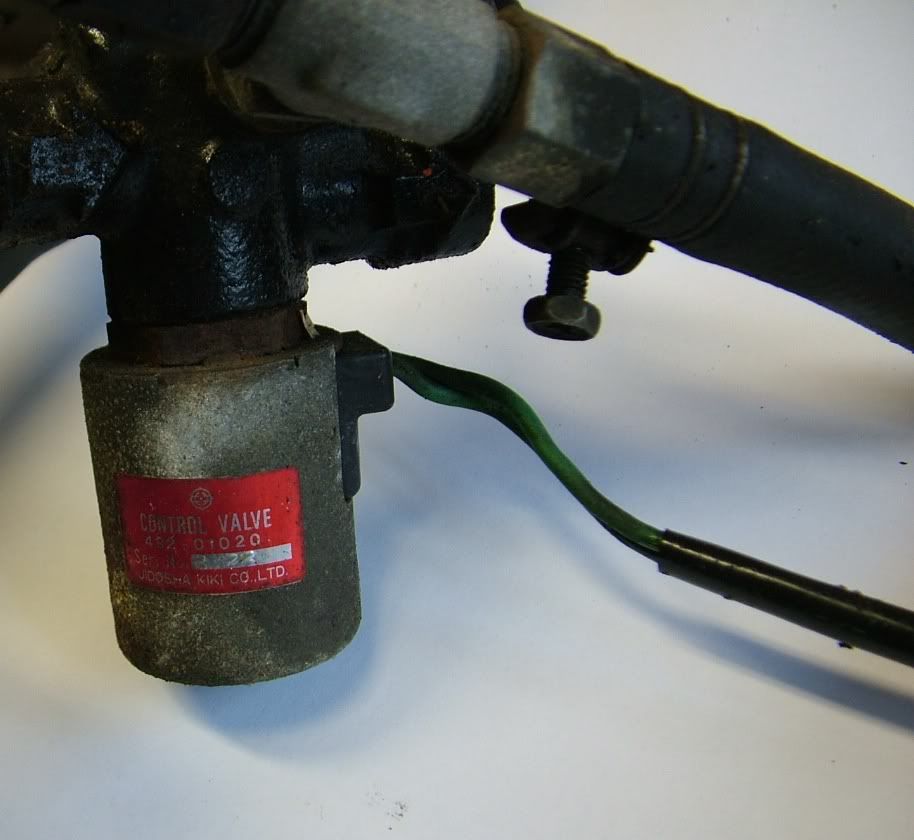
which is itself controlled by the CPU...

on information received from the speed sensor...
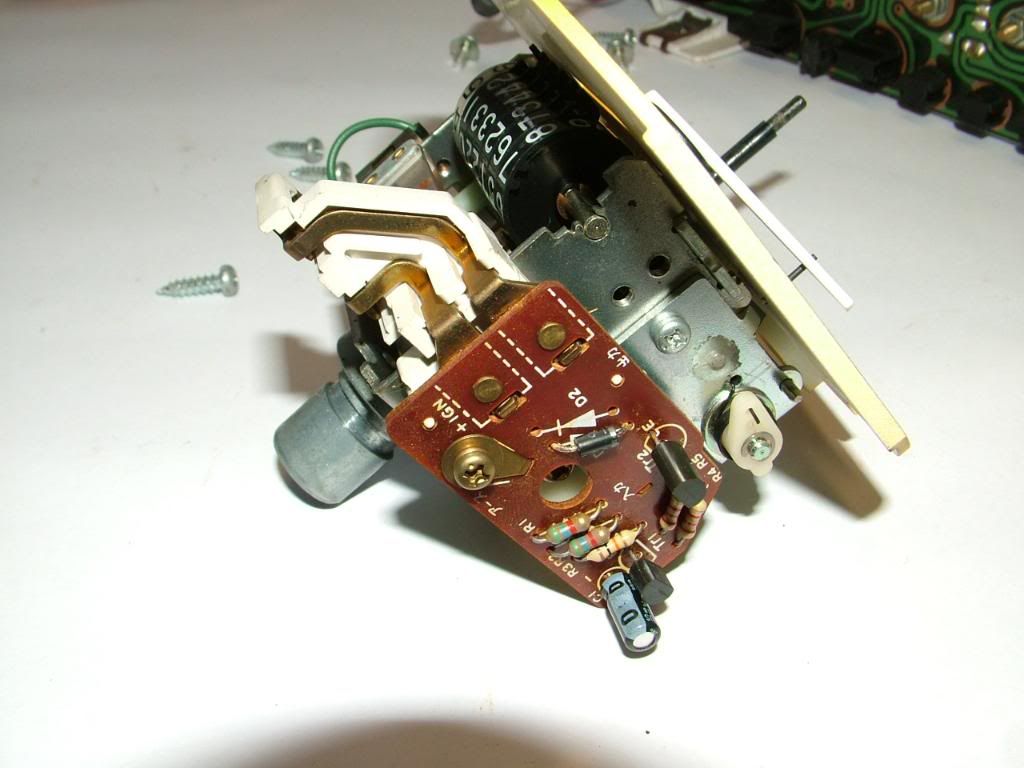
As the vehicles speed increases the CPU opens the control valve to bleed off some of the fluid pressure and thus reduce the amount of power assistance. A separate electronically controlled valve on the pump stops all PAS above 55mph.
It is a simple but effective system. The reduction in PAS is proportional to the vehicles increase in speed..... as the speed increases, the PAS reduces until 55mph is reached and the PAS stops......
As the vehicle slows, the PAS is increased. Without the electronics connected, the PAS would operate at maximum assistance at all speeds.
The CPU is located under the dash, just above the steering column and below the instrument cluster. The speed sensor is built into the speedo in the instrument cluster.
The steering box is a straight swap for the manual box and uses the same mounting point / bolts. The control valve mounts to the front offside chassis rail just ahead of the front suspension turret. The hydraulic lines then pass across the engine bay, bolting to the front engine mount and then connect to the power steering pump. The lines are routed this way on RHD cars to provide cooling to them from the airflow at the front of the car. On LHD cars where the lines are shorter, a separate cooling loop is included.
The pump itself is mounted on a strong iron bracket mounted to the 4 studs on the side of the engine, just below the distributor. These studs are usually redundant on UK spec cars

There are 2 types of bracket ( aircon and non-aircon) My bracket is the aircon bracket which will also mount an aircon compressor.
As said, as far as I’m aware, the RHD power steering setup was only available for the Japanese domestic market. When the opportunity arose to buy a system from a JDM car, I thought it would be a good thing to have. 1st gen PAS in RHD is incredibly rare.... I've never seen another one in the UK.
The donor car was the JDM 12 turbo GTX being broken by Tool. We stripped the system off together and when removed, it was still full of bright red power steering fluid and looked to be in excellent condition. Before using it however, I will probably change the seals in the pump and maybe the steering box just to be on the safe side.
The wiring proved a bit of a challenge to work out. The JDM car had the PAS wiring incorporated into the loom and the correct connectors but UK cars have different wiring looms. ..... suss’ed it out in the end.
The CPU has 5 wires coming out of it:
1. Control Valve (out)
2. Pump pressure switch (out)
3. Speed sensor (in)
4. Earth
5. Ignition

The speed sensor is built into the speedo and connects via one of the main plugs on the back of the cluster.
I haven’t yet decided which car to fit this setup to.... my black Elford or the ex-3 spires series 3. I’m looking forward to using it though.




